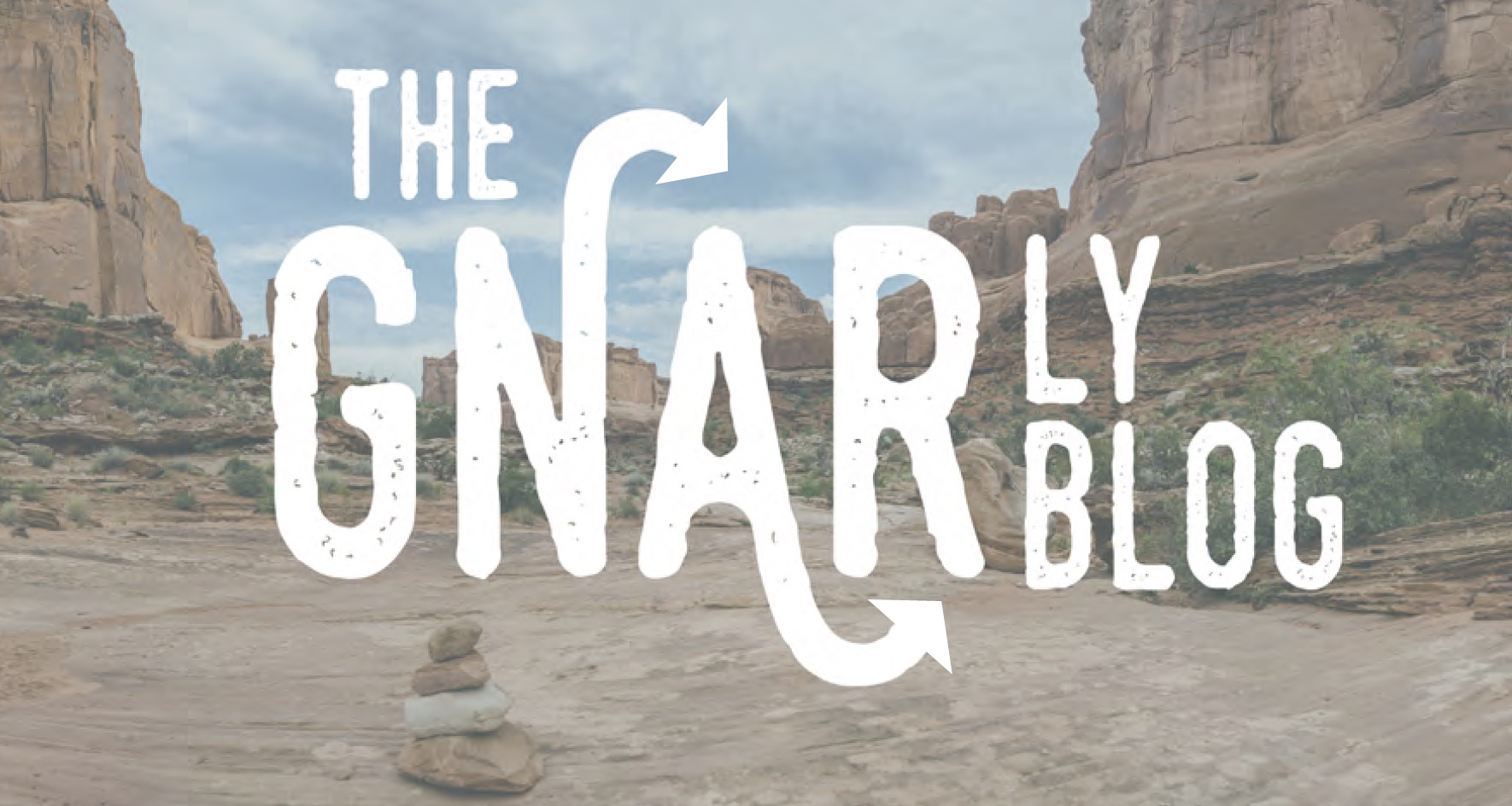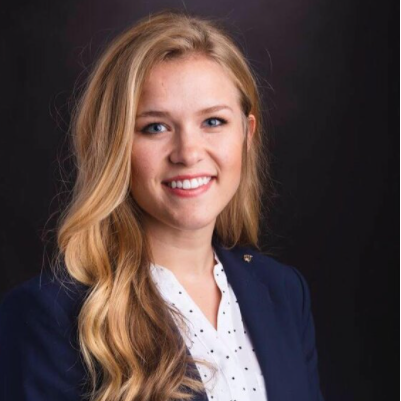
The Importance of Capital Asset Planning
What are a community’s capital assets? Anything tangible and depreciable that a community funds. Things like roads, sewer and water systems, vehicles, and buildings are all considered capital assets for a community. A large portion of a community’s budget will go into the attainment, operations and maintenance of these assets. It has been shown that communities that have a clear understanding of what they own, coupled with a policy to improve management of those assets, have greater financial security, less debt, greater social welfare, as well as increased economic growth. (Public Asset Development in Utah, Kem C. Gardner Policy Institute, The University of Utah, 2021.) Ultimately, community leaders and staff must remember: No asset is ever free of costs, even when ignored.
How can a community manage these assets? There are so many ways and, in the end, the best capital asset management system is the one that the community regularly refers to and updates. Here is an example of a good capital improvement plan for a community:
- Create and adopt a capital asset planning process and policy.
- Inventory all capital assets.
- Identify and prioritize replacement horizons.
- Determine operations and maintenance costs for current assets and assets that need to be obtained.
- Allow the community’s governing body to review, modify and adopt the plan.
As leaders regularly work through a capital improvement planning process, they will understand what needs exist and become better prepared to address those needs to take charge of the future of their community.
Utah’s Community Development Office (CDO) empowers rural communities to become self-reliant, self-determined and prepared for the future by:
- Approaching community development and engagement holistically.
- Approaching planning and community development as a process and not an end product.
- Seeking to empower communities and support their decisions.
One of the programs we recently created to help communities as they progress is the Capital Asset Program (CAP) which offers a suite of resources and tools to help communities plan, inventory, and organize their local capital assets including:
Guides
- Capital Improvement Planning
- An introduction for local leaders in asset planning
- Capital Asset Inventory
- How to help communities learn how to inventory and track capital assets.
- Operations & Maintenance
- How community leaders can consider and plan for long-term costs for capital projects.
Tools
- Capital Asset Self-Inventory (CASI)
- Customizable inventory sheet for communities to inventory assets to track conditions and prioritize asset replacement.
- Capital Asset Self-Inventory Geospatial Database (CASI-GEO)
- Geospatial database to aid in the inventory tracking of capital assets using assets’ locations and conditions.
- *Tourism Asset Self-Inventory (TASI)
- Bonus tool developed with the Utah Office of Tourism to help communities inventory tourism assets in a community including attractions & activities, parks & natural areas, shopping & dining, lodging, amenities & services, etc.
Whatever the size of the community and whoever is wearing what or how many hats, Utah’s Community Development Office wants to make sure that all communities, no matter the size, feel empowered to understand and implement the basics of capital asset planning.

McKenna Marchant is a Community Development Specialist in Utah's Community Development Office. From rural southern Utah, McKenna loves ensuring rural communities have the knowledge and resources to thrive in their self-actualization. She is a graduate from the University of Utah's Master of Public Administration program and has worked in municipal and state community development. With experience in planning, finance and law, her current projects include re-envisioning Intermountain West cemeteries, capital asset planning, and university and student outreach.

